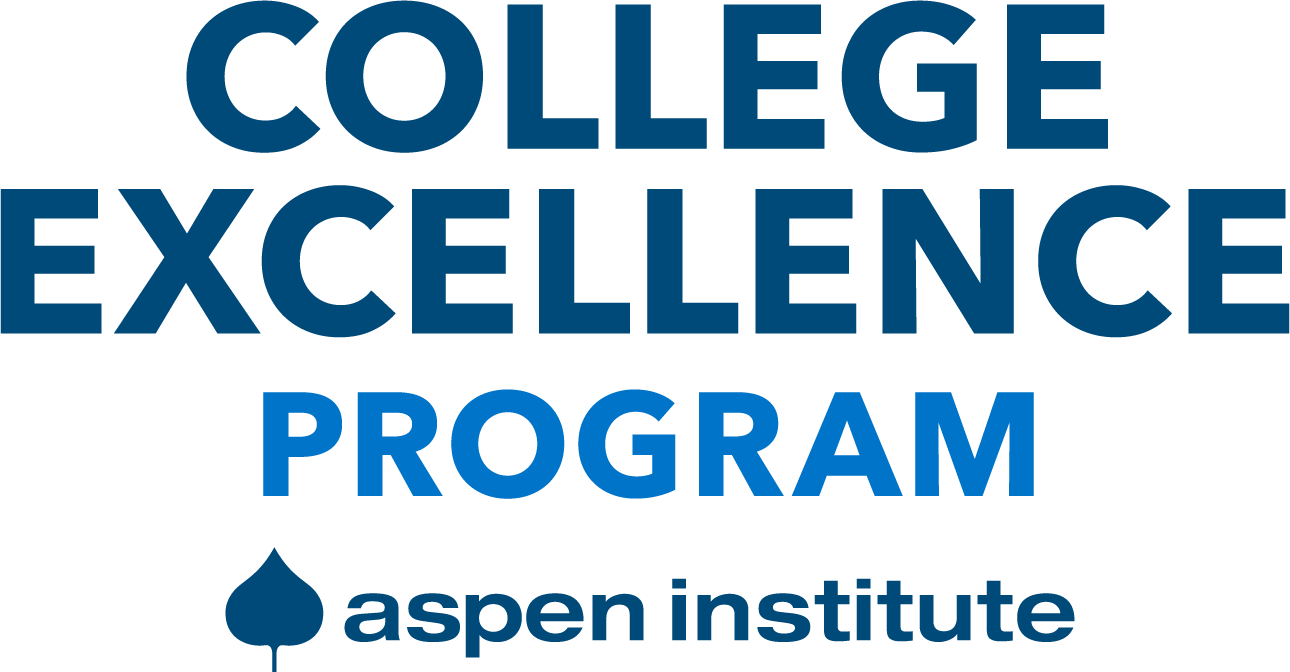
PTC Board Assessment Tool
The items in the following assessment tool reflect statements of strong practice observed through Aspen’s research and direct engagements with excellent institutions. These are colleges that are achieving high and continuously improving levels of student success, both while in college and after graduation. The assessment tool asks you to rate your perception of the current status of each practice at your institution. The assessment is organized according to one prerequisite and four domains of practice emerging from Aspen’s research; summaries of scores across each domain allow you to see big-picture areas where your institution may need to invest additional strategic effort, in addition to identifying strengths or weaknesses in specific practices that support student success.
The term “student success” is used throughout this assessment tool. The Aspen Institute College Excellence Program defines “student success” as:
- Success in college: Students (1) learn and (2) complete credentials.
- Success after college: Students (1) get good jobs and/or (2) transfer and attain a bachelor’s degree.
- Access and success for all: All students have access to programs of value with strong learning, completion, transfer, and workforce outcomes.
Directions: Assess the extent to which your college governing board engages each of the following practices, according to the scale below.
Board Engagement Assessment Inquiry Guide
This guide aims to help community college leaders assess review the functioning of their board and how well it is aligned with achieving higher student success outcomes for all students. The guide’s prompts and questions are designed to be considered alongside a summary of responses to Aspen’s senior teams assessment tool, built on research about effective practices in the field. While we anticipate that users of this guide will gather additional information, the assessment responses—alongside this guide—will support leaders in developing specific areas for improvement.
Board Engagement Assessment Inquiry Questions
Based on your Aspen board assessment tool results, where is your board strongest and weakest?
- In committing to terms of engagement that govern how board members conduct themselves? In what particular questions/domains?
- In understanding why the status quo needs to change and what priority reform efforts the college is pursuing to achieve higher student outcomes for all students? In what particular questions/domains?
- In setting clear indicators of success and monitoring progress so the board makes data-informed decisions and holds leaders accountable for progress? In what particular questions/domains?
- In aligning consideration and approval of budgets and policies with student success reform priorities? In what particular questions/domains?
- In aligning the president-board relationship—including presidential recruitment, hiring, and evaluation—with student success goals? In what particular questions/domains?
How are your board operations contributing to student success?
- What are the most effective ways your board contributes to higher outcomes for all students? What evidence do you have from your assessment results to support those conclusions?
- In what ways is the board least effective in contributing to higher outcomes for all students? What is it doing that it should not? What more should it be doing? What evidence do you have from your assessment results to support those conclusions?
- Among those weaknesses, what seems most important to address?
How is the way the board spends its time aligned with your student success goals and research-based effective practices? Based on a review of recent board meetings and recollection of meetings:
- Are there things the board spends time on that it should stop doing to make room for more time on the prioritized reform agenda and related indicators?
- Are there specific ways the board can increase the focus of its meetings and other efforts to prioritize student success reforms?
If the full board took the assessment tool: Were there any areas of disagreement in your board assessment results?
- What evidence from board interactions and operations could help explain that disagreement?
- Is it necessary to resolve that disagreement? If so, what seems most important to resolve?
Next Steps
- What are the 1-5 most important things you have uncovered about your board from your assessment tool? How do those things relate to advancing priority student success reforms?
- Among the areas of strength, what do you want to keep doing and perhaps enhance?
- Among the areas of weakness, what few changes would make the biggest positive difference?
- What challenges do you have (or anticipate) in further strengthening the board?
- What immediate next steps will you take to ensure progress on these lessons learned?
